Exploring the Beauty of Kadiyanlena Falls in Sri Lanka

Tucked away in Sri Lanka’s lush countryside, Kadiyanlena Falls is a special spot for people who love nature. It’s often called “Kadiyanlena Falls” locally, and it’s a peaceful place far from the busy city. Kadiyanlena Falls is like a clear waterfall painting, gently dropping into a calm pool of water below. This lovely sight shows […]
Kalpitiya Lagoon: A Tourist Paradise of the North-Western Sri Lanka
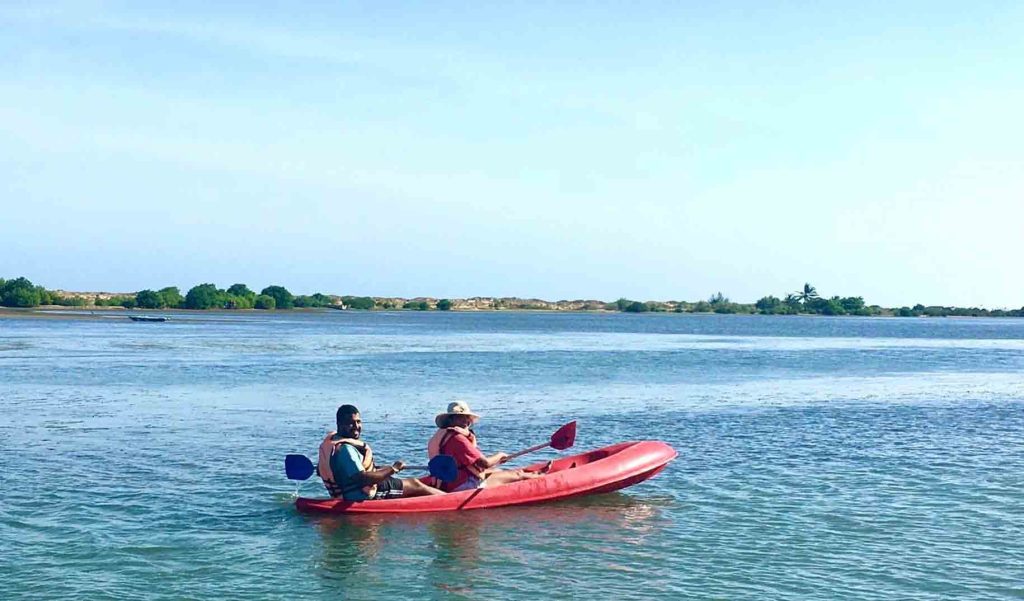
Kalpitiya is one of the fastest-growing tourist destinations in Sri Lanka. Situated in Puttalm District, Kalpitiya Lagoon is a perfect spot to visit for any tourist. There are four small islands situated in an area of 16 sq km. The distance to Kalpitiya Lagoon from Colombo is around 165 kilometers. Kalpitiya and its peninsula are […]
Dolphin Watching in Kalpitiya: An Enchanting Adventure
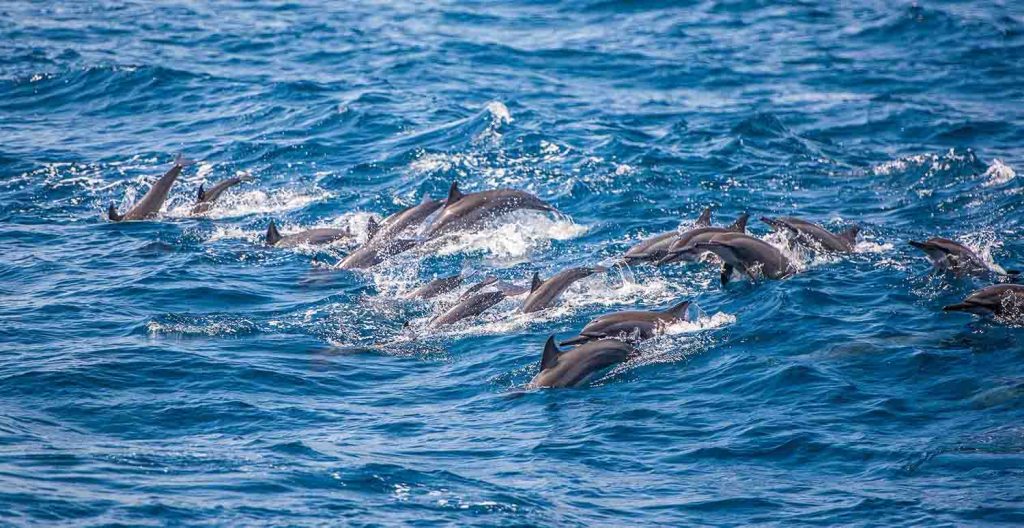
Kalpitiya is a beautiful coastal town by the sea in the northwestern part of Sri Lanka. The destination is a paradise for kitesurfing. It also offers a magical experience for nature lovers: dolphin watching! With its clean beaches, blue waters, and rich marine life, Kalpitiya Lagoon has become a famous place for people who want […]
Thirukoneswaram Kovil in Trincomalee: An Ancient Temple with Stunning Views and Ramayana Connection
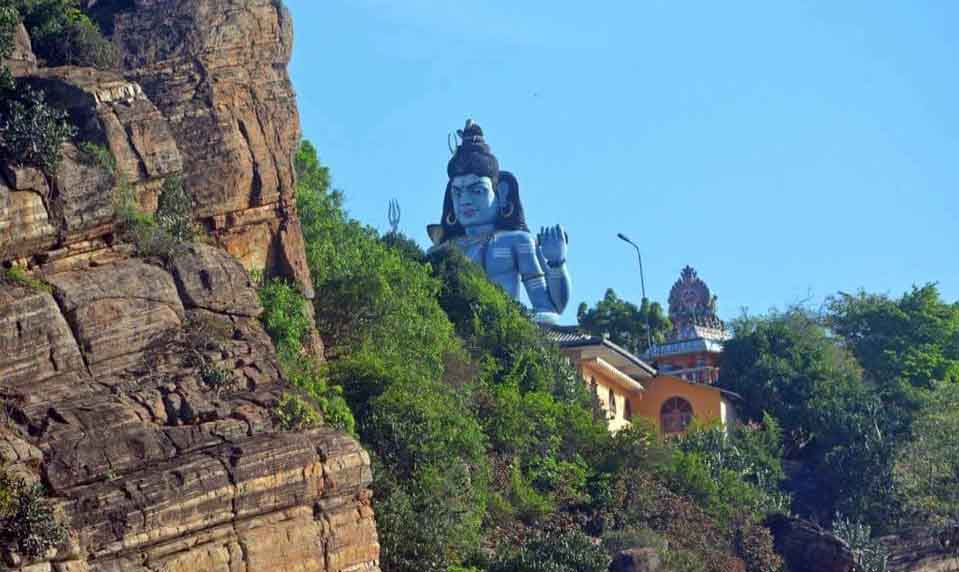
Located on the beautiful eastern coast of Sri Lanka, Thirukoneswaram Kovil in Trincomalee is a significant Hindu temple that showcases ancient architecture, religious devotion, and a connection to the famous Ramayana story. This sacred temple is a must-visit for both religious pilgrims and history enthusiasts exploring the enchanting island. The temple sits atop Swami Rock, […]
Jeffery Bawa’s Lunuganga Garden: A Marvel of Architectural Brilliance

Jeffery Bawa, a renowned Sri Lankan architect, is famous for his innovative style that combines Western modernism with traditional Asian elements. One of his remarkable achievements is the Lunuganga Garden, a stunning oasis of art and nature located near Bentota, Sri Lanka. Born in 1919 in British Ceylon (now Sri Lanka), Jeffery Bawa initially studied […]
Unveiling the Mysteries of Ravana Cave: A Must-Visit Destination for Ramayana Tour Seekers in Ella
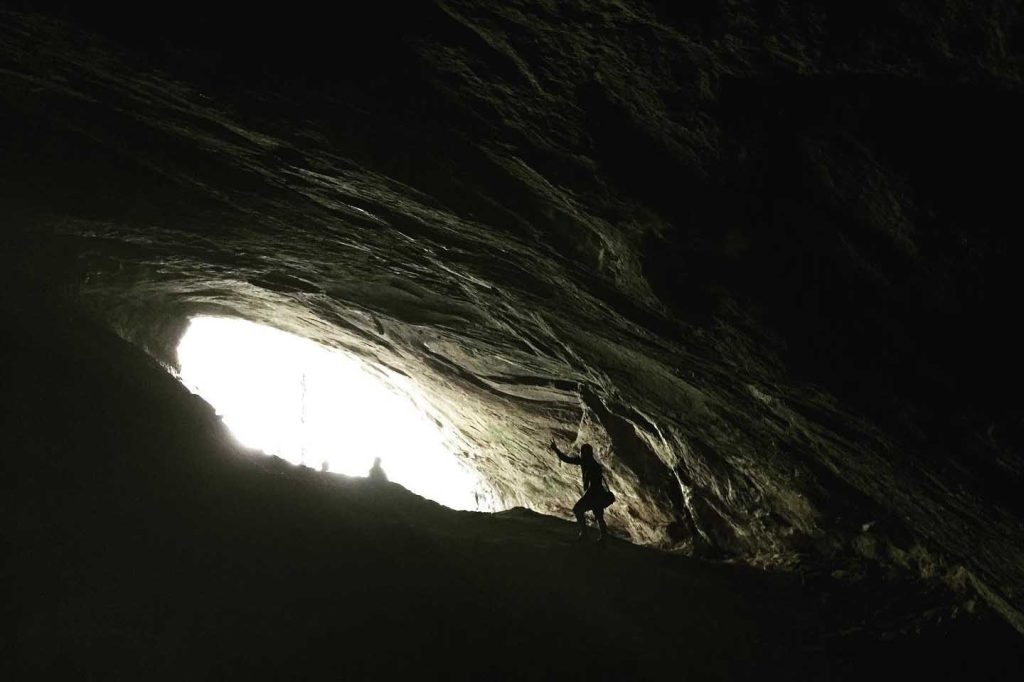
Nestled amidst the picturesque landscape of Ella, Sri Lanka, lies a hidden gem that holds great significance for those embarking on a Ramayana tour. Ravana Cave, steeped in myth and legend, offers an enchanting experience for seekers of the Ramayana narrative. This natural wonder carries the legacy of one of the epic’s most prominent characters, […]
Divurumpola Temple: A Sacred Destination for Ramayana Tour Explorers

Located in the beautiful country of Sri Lanka, the Divurumpola Temple is a special destination for those on the Ramayana tour. This ancient temple is surrounded by peaceful surroundings and carries a deep historical and cultural significance that connects with the epic story of Ramayana. As travelers and devotees explore the fascinating sites linked to […]
Discovering the Mystical Charm of Rumassala Sanjeewani Mountain on Your Ramayana Tour in Sri Lanka
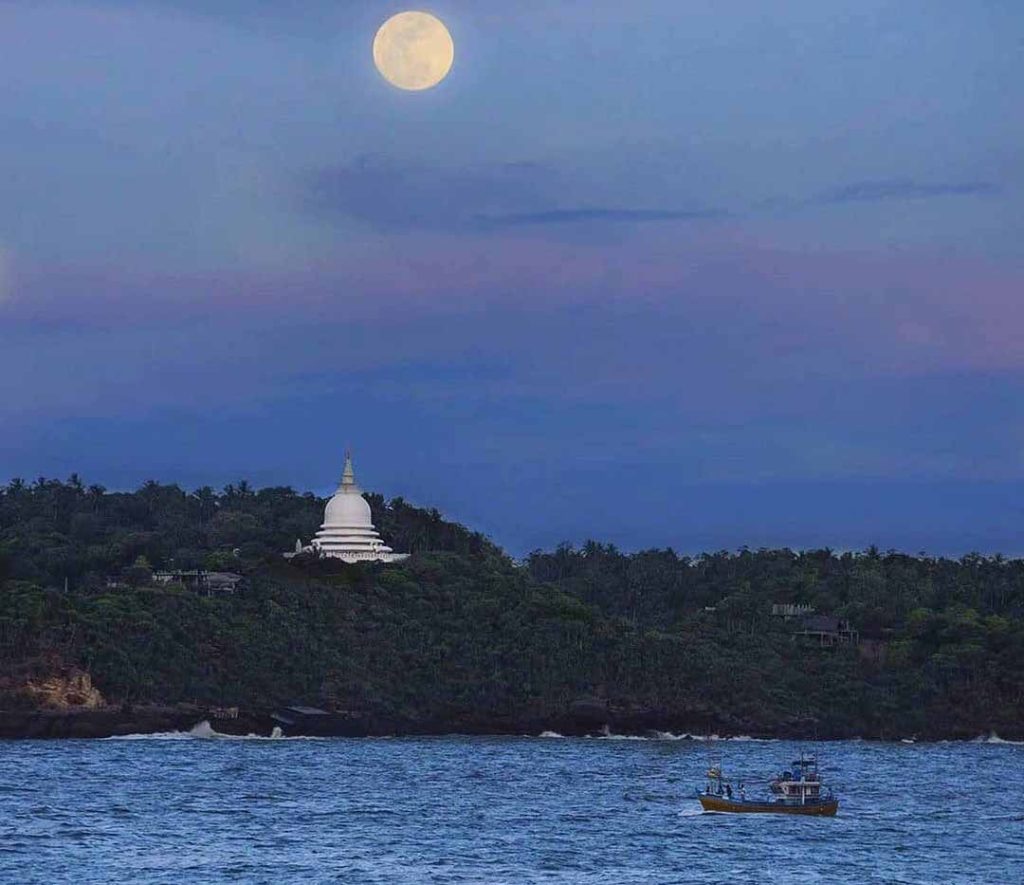
Embarking on a Ramayana tour in Sri Lanka is a remarkable journey that allows you to delve into the ancient Hindu epic and explore the sacred sites associated with Lord Rama and his mythical adventures. One such enchanting destination that holds immense significance is the Rumassala Sanjeewani Mountain. Nestled in the coastal town of Unawatuna, […]
Nelligala International Buddhist Center: A Tranquil Haven for Spiritual Enlightenment
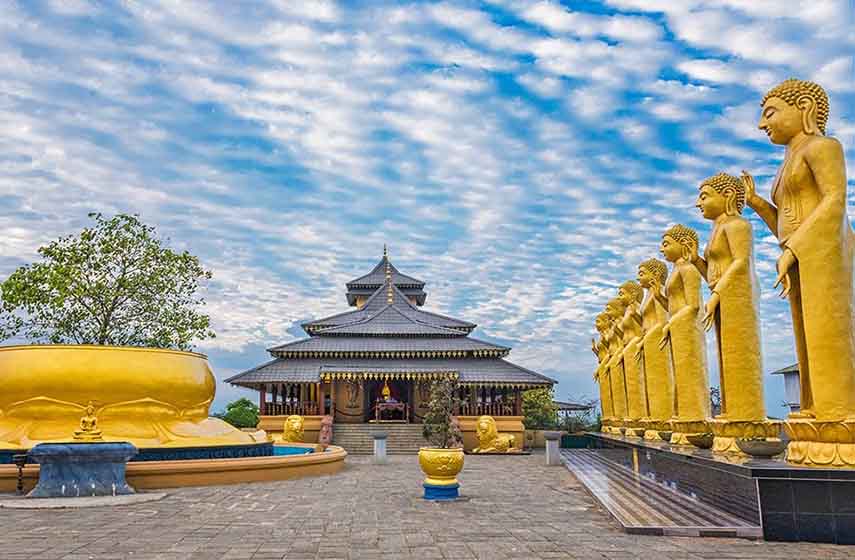
Introduction Nestled amidst the lush greenery of Sri Lanka, the Nelligala International Buddhist Center stands as a serene refuge for seekers of inner peace and spiritual growth. With its captivating surroundings, ancient traditions, and profound teachings, this sacred site has become a significant destination for those who wish to embark on a transformative journey. Exploring […]
Exploring the Tranquility of Kalkudah Beach in Sri Lanka
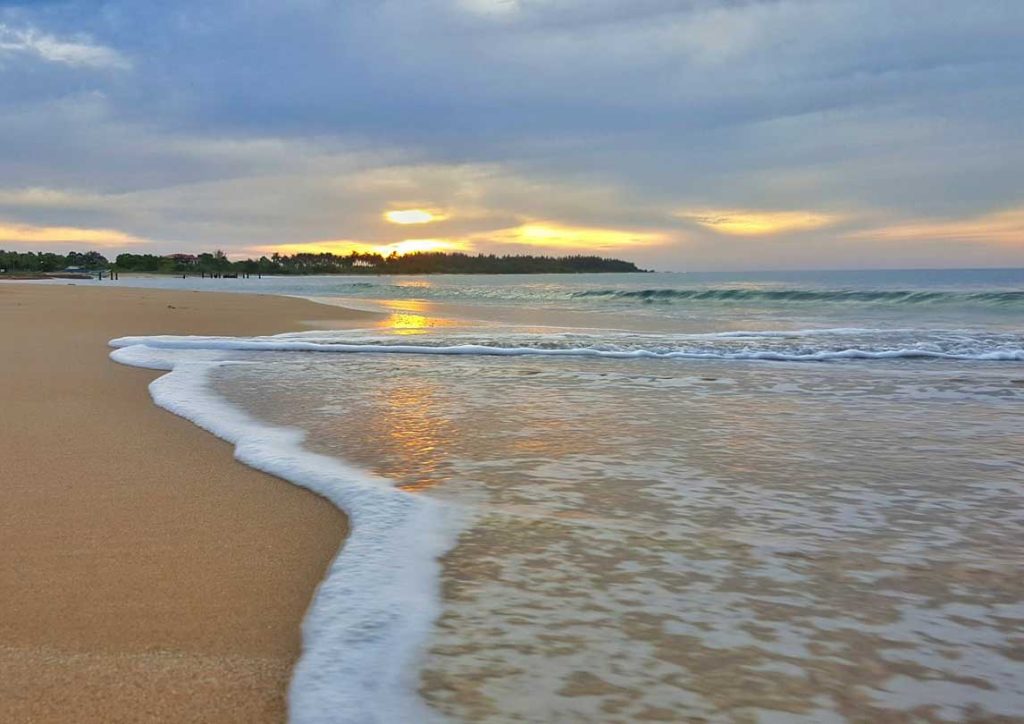
Sri Lanka, an island paradise nestled in the Indian Ocean, is home to a myriad of stunning beaches. One such gem is Kalkudah Beach, a hidden treasure located on the country’s eastern coast. With its pristine stretches of powdery white sand, crystal-clear turquoise waters, and tranquil ambiance, Kalkudah Beach offers a serene escape for travelers […]
